How to Maximize Your Savings with Solar Electricity Solutions
In recent years, the adoption of solar electricity has surged, driven by increasing awareness of climate change and the desire for sustainable energy solutions. According to the International Energy Agency (IEA), solar power represented the fastest-growing source of electricity worldwide, reaching over 1,000 gigawatts (GW) of installed capacity in 2020, with projections indicating that this figure could exceed 3,000 GW by 2030. This rapid growth not only underscores solar energy's potential to alleviate reliance on fossil fuels but also presents significant savings opportunities for consumers. By investing in solar electricity solutions, households can reduce their energy bills by an average of 30% to 50%, as reported by the U.S. Department of Energy. As more states and countries implement incentives and rebates for solar installation, the financial benefits of switching to solar electricity are becoming increasingly appealing, making it essential for consumers to explore ways to maximize their savings through these renewable energy solutions.
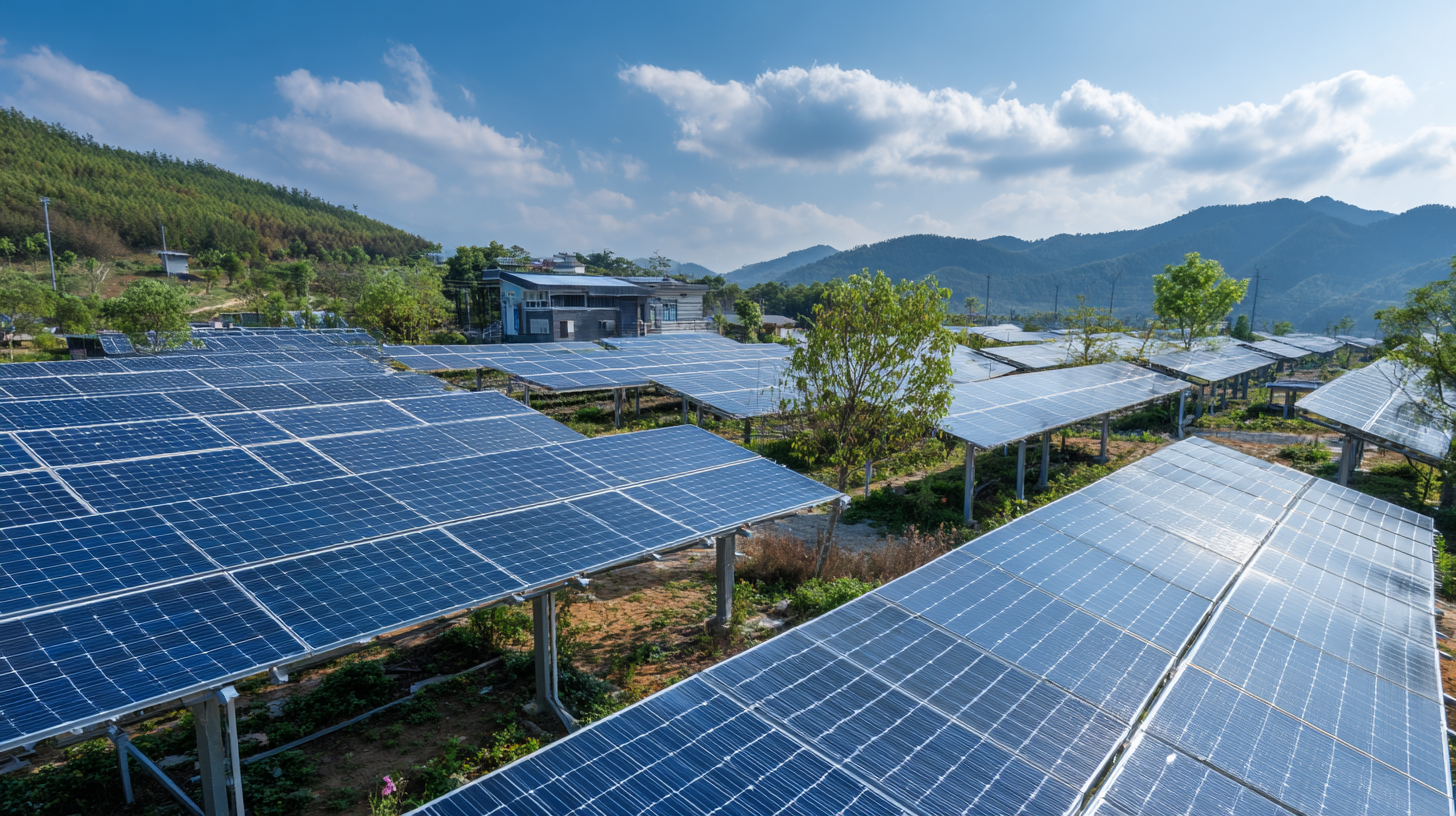
Maximizing Solar Savings: Understanding the 26% Federal Tax Credit Benefits
The 26% Federal Tax Credit, officially known as the Investment Tax Credit (ITC), is a significant incentive for homeowners and businesses considering solar energy solutions. This credit allows investors to deduct 26% of the cost of solar installation from their federal taxes, creating substantial savings. According to the Solar Energy Industries Association (SEIA), this credit has spurred solar installations across the United States, contributing to a 42% market growth in 2021 alone.

Additionally, with solar energy systems averaging between $15,000 to $25,000 in initial costs for residential installations, the federal tax credit can equate to savings ranging from $3,900 to $6,500. In California, for example, recent reports indicate that homeowners are not just benefiting from the tax incentives but are also witnessing a dramatic reduction in utility bills, with an average savings of $1,000 annually. As awareness of solar solutions grows, maximizing these federal benefits becomes increasingly crucial for anyone looking to invest in sustainable energy. The ITC is set to decrease to 22% in 2023, emphasizing the importance of acting now to take full advantage of these financial incentives before they dwindle.
Analyzing Initial Costs: How Solar Panel Installation Expenses Affect Your Savings
When considering solar electricity solutions, understanding the initial costs of solar panel installation is crucial for maximizing your savings. The expenses can vary significantly based on factors such as installation type, materials, and local incentives. While the upfront investment may seem daunting, it's essential to analyze how these costs play into your long-term savings on energy bills and potential rebates. By carefully evaluating price quotes and financing options, homeowners can choose a suitable solution that aligns with their budget and energy needs.
Moreover, it's important to recognize that numerous programs and tax incentives can significantly offset initial installation costs. Many states offer rebates that can reduce overall expenses, making solar panel systems more accessible and affordable than anticipated. Additionally, financing plans like solar leases or power purchase agreements (PPAs) allow homeowners to install solar panels with little to no upfront cost, turning them into a viable investment over time. As you assess solar options, incorporating these elements will help you determine how the initial expense can pave the way for substantial long-term savings.
How to Maximize Your Savings with Solar Electricity Solutions - Analyzing Initial Costs: How Solar Panel Installation Expenses Affect Your Savings
| Location | Average Installation Cost ($) | Average Monthly Savings ($) | Payback Period (Years) | Return on Investment (%) |
|---|---|---|---|---|
| California | 15,000 | 150 | 10 | 80 |
| Texas | 13,000 | 130 | 10.5 | 75 |
| Florida | 14,000 | 140 | 10 | 77 |
| New York | 18,000 | 200 | 9 | 67 |
| Nevada | 12,000 | 120 | 10 | 85 |
Calculating Long-Term Savings: The Financial Impact of Solar Energy Over 25 Years
When considering the transition to solar energy, understanding the financial impact over an extended period, such as
25 years, is crucial for maximizing your savings.
Investing in a solar electricity system can significantly reduce or eliminate your monthly electricity bills, leading to substantial savings over time.
By calculating the total cost of installation against the projected energy production and savings, homeowners can see the long-term benefits.
For instance, a typical solar panel system can save between $10,000 to $30,000 or more, depending on energy rates, government incentives,
and individual energy consumption.
In addition to direct savings from reduced utility bills, solar energy systems can increase property values.
Studies have shown that homes with solar installations often sell for more than comparable homes without solar power.
This appreciation combined with lower energy costs creates a compelling financial argument for solar investment.
Furthermore, with advancements in technology and financing options like solar leases and
power purchase agreements, the initial costs have become more manageable.
By planning strategically and calculating these long-term savings, homeowners can not only contribute to
environmental sustainability but also enhance their financial outlook over the next quarter-century.
Evaluating Energy Prices: Comparing Solar Costs with Traditional Utility Rates
When evaluating energy prices, one of the most crucial steps is to compare solar costs with traditional utility rates. Traditional energy costs have been steadily rising, which puts pressure on households and businesses alike. In contrast, solar electricity offers a stable and predictable pricing model. By investing in solar panels, consumers can mitigate the risks associated with fluctuating energy prices, making it an appealing option for long-term savings.
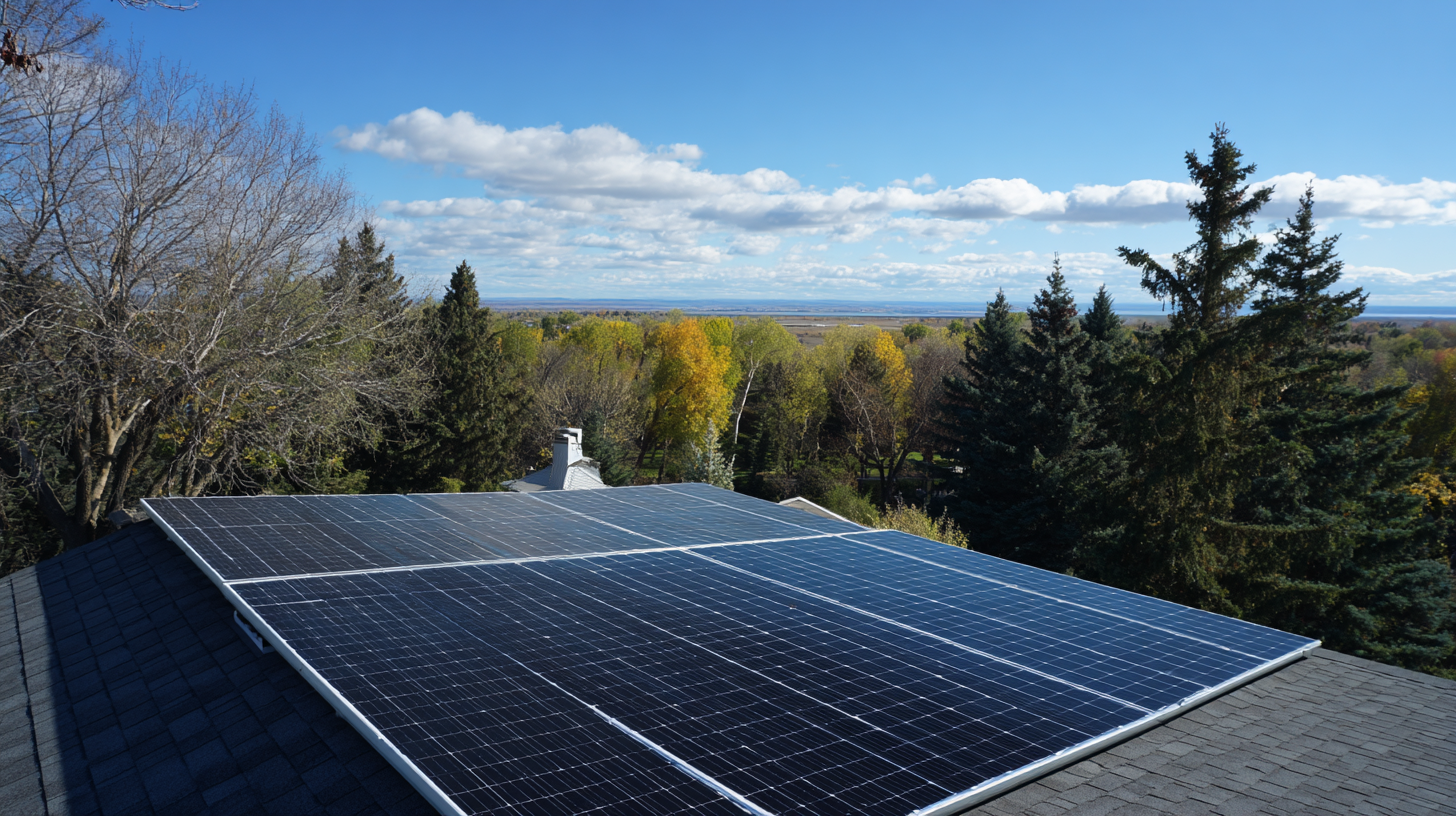
Additionally, many regions offer incentives such as tax credits and rebates for solar installation, which can significantly reduce upfront costs. When these incentives are factored in, the cost of solar energy can often fall below the average utility rates. It's essential to calculate the break-even point where the savings on energy bills offset the initial investment in solar technology. By comparing the lifetime costs of solar solutions against traditional utility rates, consumers can make an informed decision that maximizes their savings while contributing to a more sustainable future.
Incentives and Rebates: State-Specific Programs That Boost Your Solar Savings
As more homeowners consider solar energy, understanding the state-specific incentives and rebates can significantly impact savings. According to the Solar Energy Industries Association (SEIA), in 2022, the average cost of installing solar panels was around $2.66 per watt. However, various state programs can reduce this cost substantially. For instance, states like California offer a California Solar Initiative (CSI) that provides cash rebates to homeowners, effectively lowering installation expenses and making solar solutions more accessible.
Additionally, federal tax credits further enhance savings potential. The Investment Tax Credit (ITC) allows homeowners to deduct a significant percentage of the cost of solar systems from their federal taxes. As of 2022, the ITC provides a 26% tax credit, emphasizing the financial benefits available to those investing in solar technologies. Local programs in states such as New York also offer a combination of performance-based incentives and upfront rebates that help homeowners maximize their financial return on solar investments. By taking advantage of these incentives, homeowners can significantly increase their long-term savings and contribute to a sustainable energy future.
Related Posts
-

Ultimate Guide to Choosing the Best Solar Energy Panels for Your Home
-

Advantages of Choosing the Best Solar Panels for Sustainable Energy Solutions
-
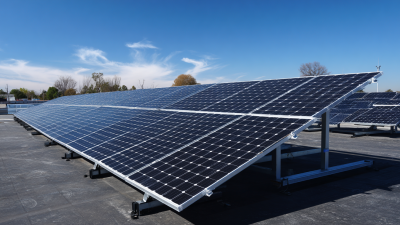
Top Industry Standards and Key Reasons to Choose the Best Solar Energy Panels for Global Buyers
-
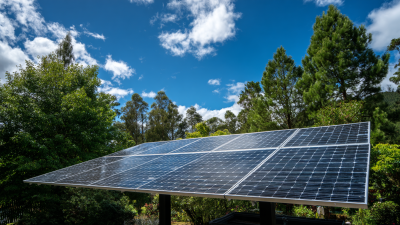
7 Best Solar Panels for Maximum Efficiency in 2023
-
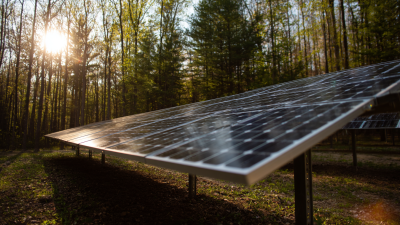
10 Essential Tips for Sourcing Solar Panels Effectively in 2024
-
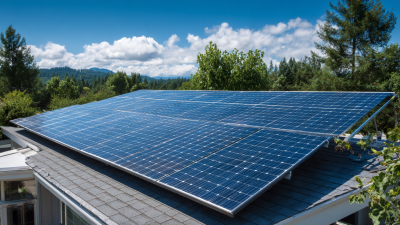
How to Source Quality Suppliers for Best Solar System Installation with a Comprehensive Checklist